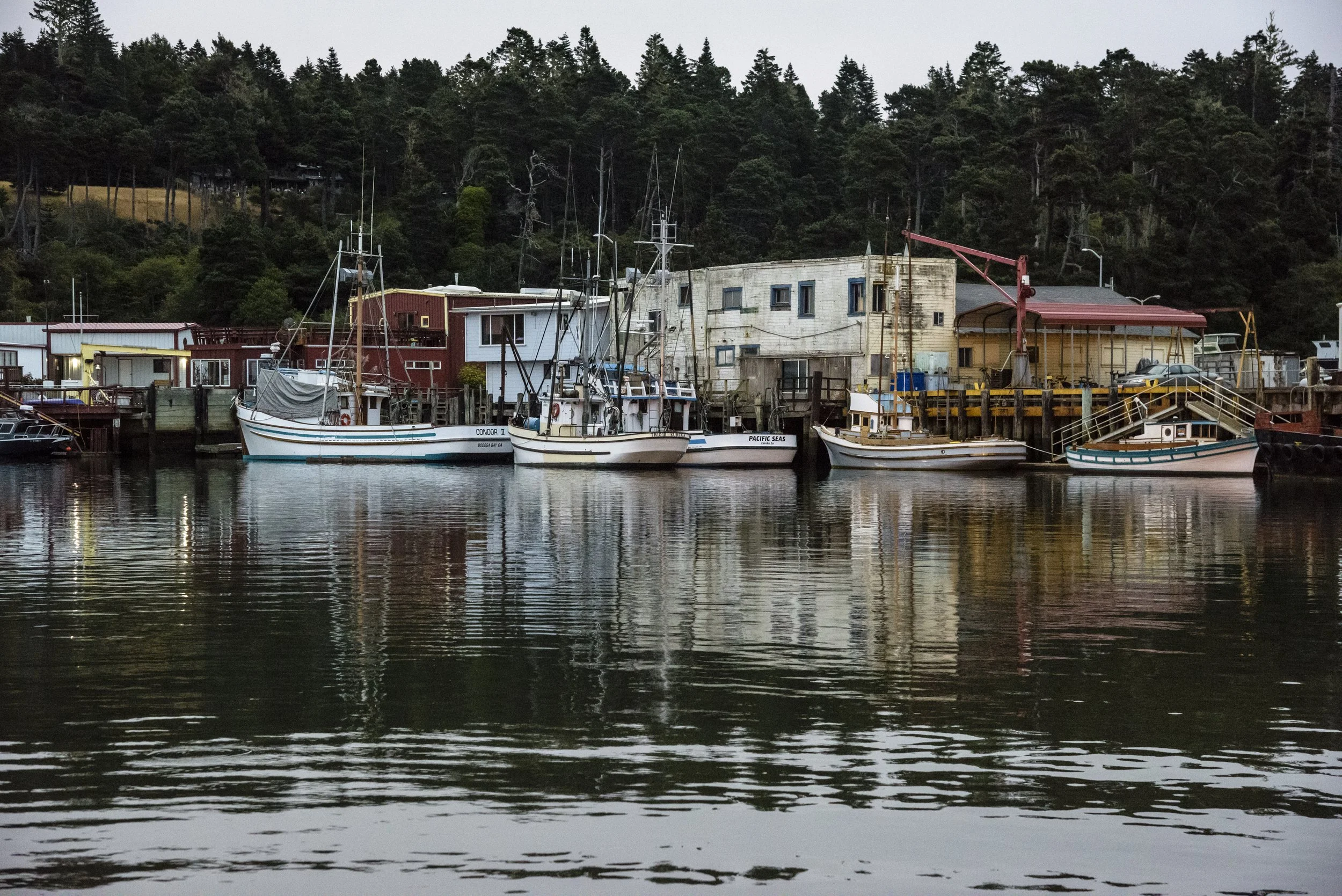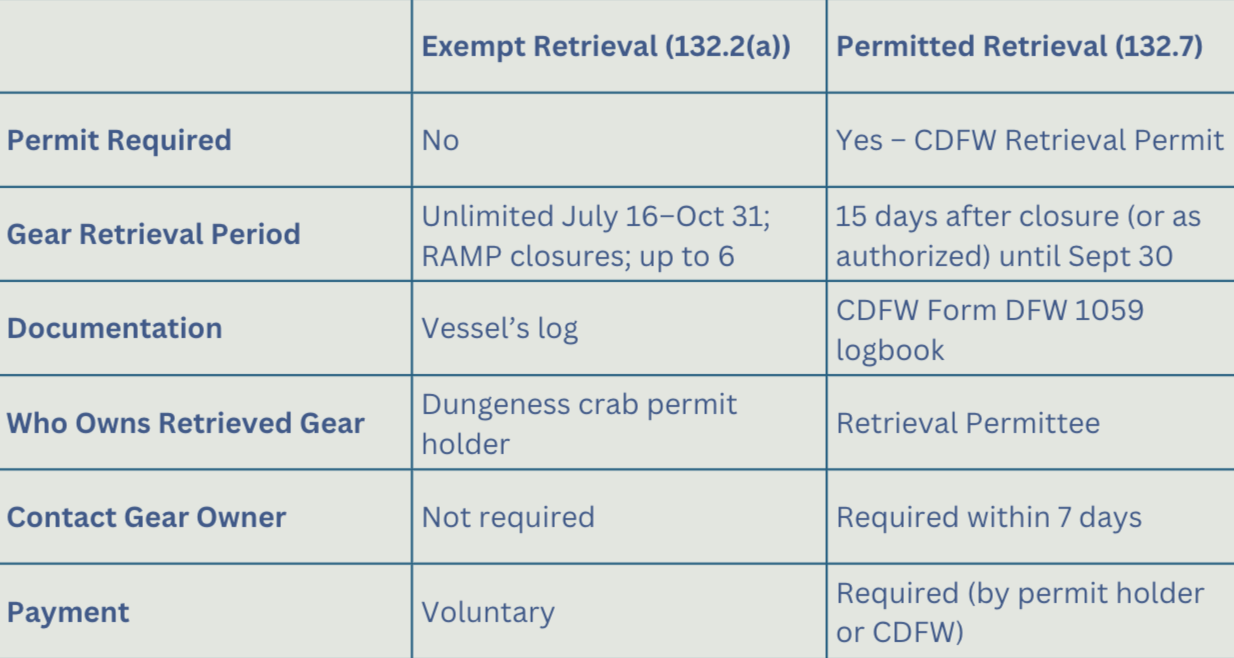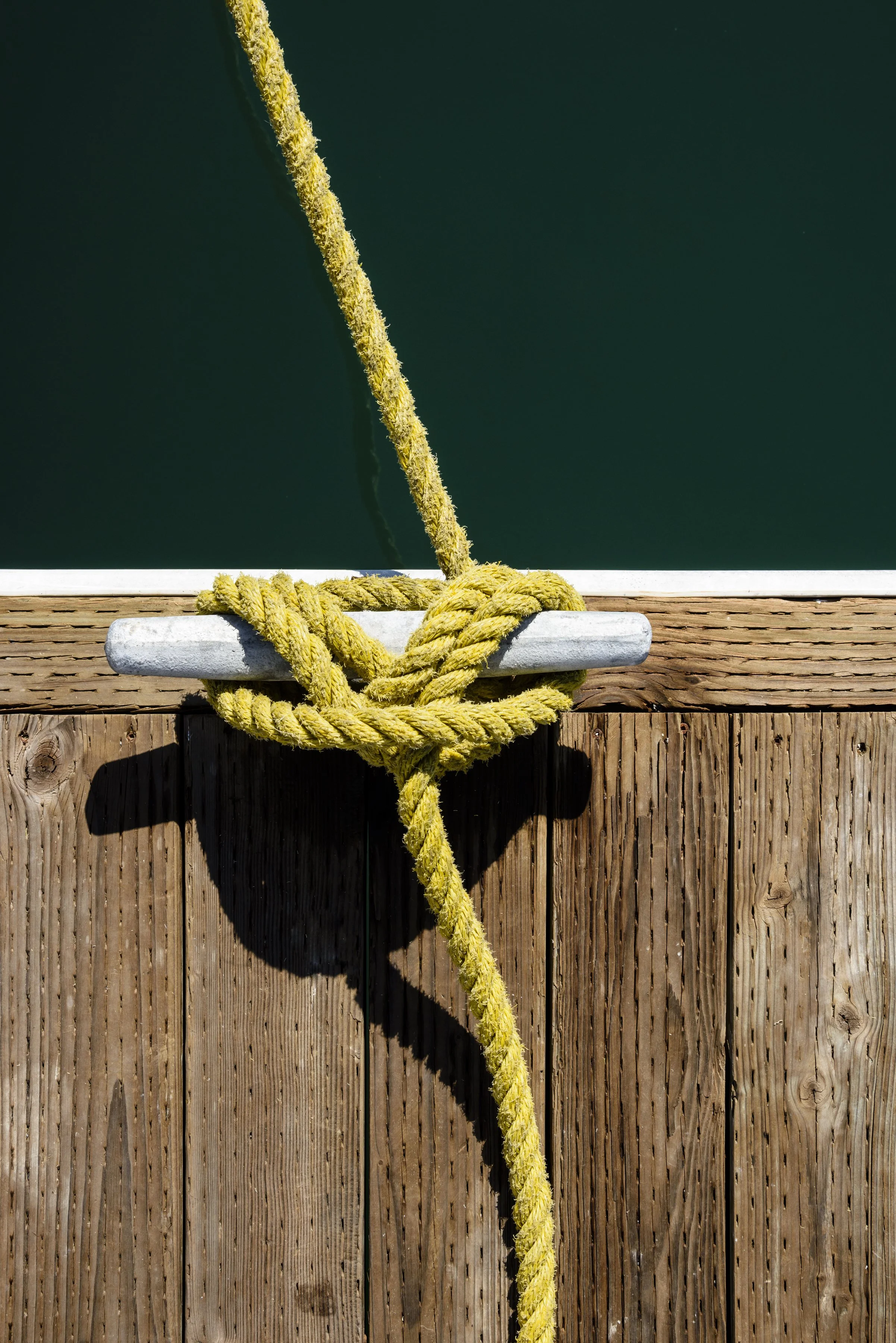
Dungeness Crab Fishery Port-Based Program
Fishermen’s Gear Recovery Network
Bring the Network to Your Port
The Fishermen’s Gear Recovery Network, run by the Pacific Coast Federation of Fishermen’s Associations (PCFFA), is a fishermen-led program that helps port representatives coordinate the recovery of lost Dungeness crab gear, return it to its owners, and ensure retrieval crews are compensated.
The program operates within California Department of Fish and Wildlife (CDFW) regulations, whether your port chooses the permitted or exempt retrieval pathways, and provides the coordination, training, and tools needed to make gear recovery efficient and effective.
Whether you’re looking to establish a coordinated gear recovery program, or a fisherman interested in participating as a retrieval captain, this program provides the structure, tools, and support to recover gear, protect fishing grounds, and keep retrieval operations running smoothly.
Understanding the Two Retrieval Pathways
CDFW regulations allow gear retrieval after the season closes in two ways: permitted retrieval and exempt retrieval.
Both pathways are supported by the Fishermen’s Gear Recovery Network. No matter which option a port chooses, we provide the same training, tools, and reporting framework to ensure gear is recovered efficiently, retrieval crews are compensated, and fishing grounds are kept clear.
Permitted retrieval requires a CDFW-issued permit, which comes with a fee, specific timelines, use of official logbooks, and formal reporting. This pathway provides stronger legal authority and enforcement oversight once all permit conditions are met.
Exempt retrieval is recognized by CDFW but does not require a permit or direct agency oversight. This option offers fewer requirements and more flexibility for ports and fishermen, while still operating within the Network’s structure.
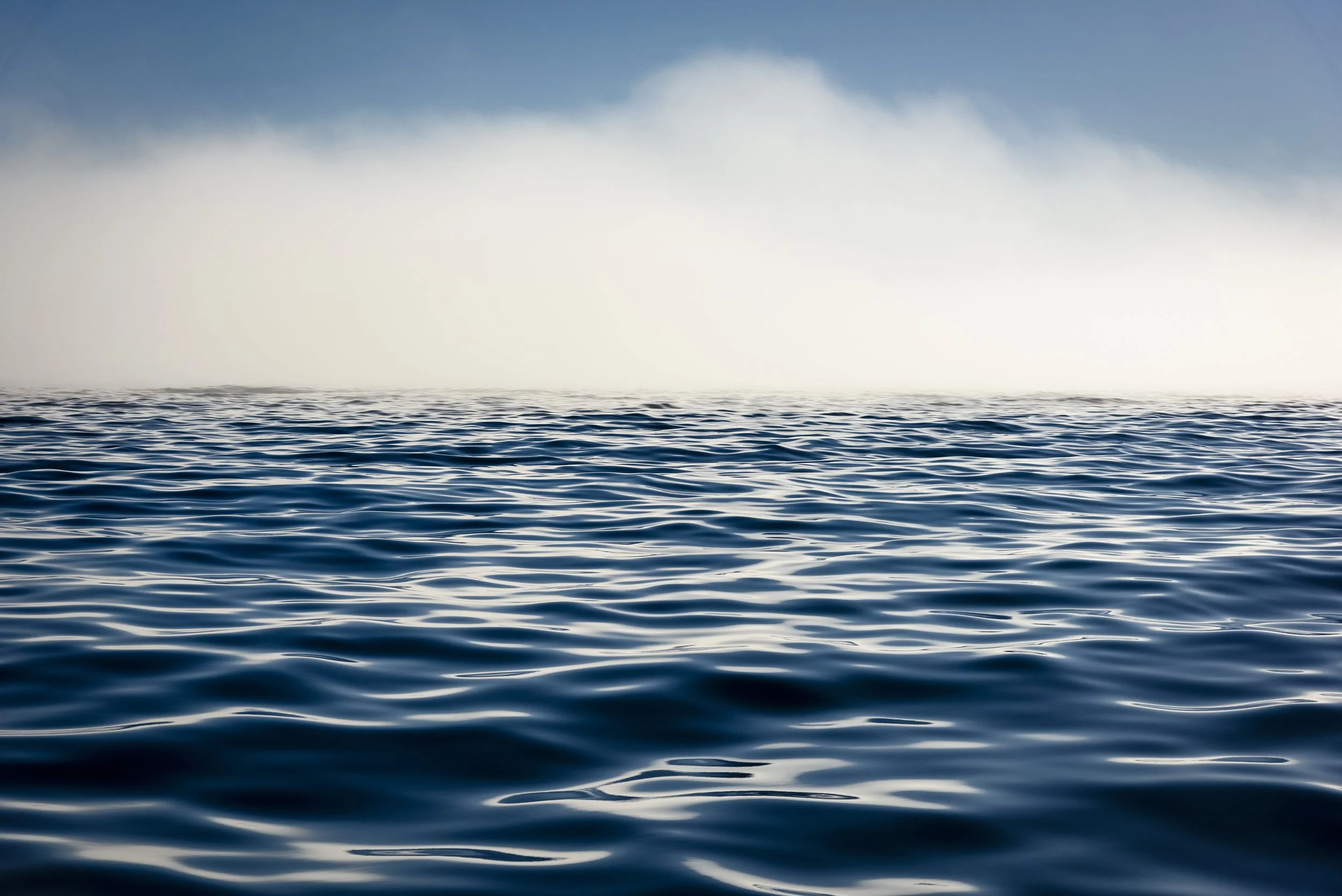
How We Strengthen Both Pathways
While CDFW’s exempt retrieval option does not require payment for returned gear, the Fishermen’s Gear Recovery Network makes exempt retrieval work like the permitted program:
Port coordinators track down gear owners.
Gear is sold back to owners whenever possible and port coordinators ensure retrieval crews are compensated.
Program port coordinators handle, storage, owner contact, and record keeping – removing the administrative burden from individual fishermen.
The Recovery Network Provides:
Permit application support (for permitted retrieval)
Training materials for port coordinators and retrieval crews
Outreach and communications tools to engage your fleet
Reporting templates to meet CDFW and program requirements
Storage coordination and gear owner contact assistance
Ongoing program guidance and troubleshooting
Program tools:
CrabGear (App) for retrieval captains in the program to digitally log gear retrieval
Gear Spotting Form for the public, recreational fishermen, and other maritime professionals to report lost gear sightings
How the Program Works in Your Port
Join the Network: Under either the permitted or exempt retrieval pathway.
Identify a Port Coordinator: We train them and provide program tools.
Port Coordinator Recruits Retrieval Captains: Select and confirm recovery captains to participate in retrieval operations.
Gear Spotting & Reporting: We provide training materials for program tools.
Retrieval captains use the CrabGear App to log recovered gear.
Public, recreational fishermen, and other maritime professionals use the Gear Spotting Form to report sightings.
Retrieval Operations: Conducted by participating captains during allowed retrieval periods, with all recovered gear properly documented according to CDFW and Network requirements.
Secure Storage: Gear is held until returned or otherwise processed.
Owner Contact & Payment: Port coordinator arranges return and payment for gear whenever possible.
Reporting: retrieval data is logged to meet requirements and track program success, and retrieval captains are paid out based on completed operations.
Interested in joining?
-
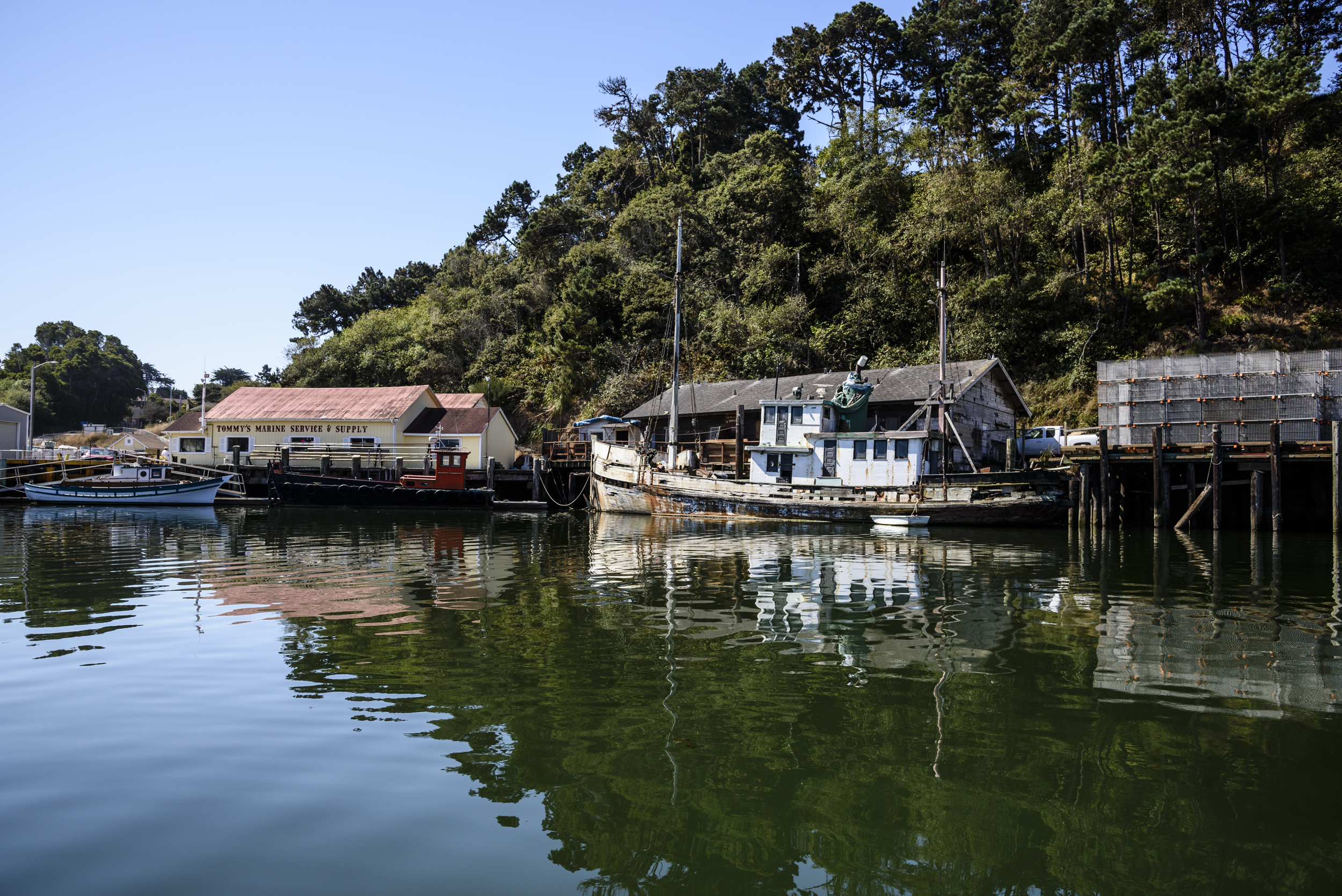
For Ports
Bring the Fishermen’s Gear Recovery Network to your harbor and coordinate retrieval efforts with support.
-

For Fishermen:
Participate as a retrieval captain or report lost gear to help keep fishing grounds clear and productive.


